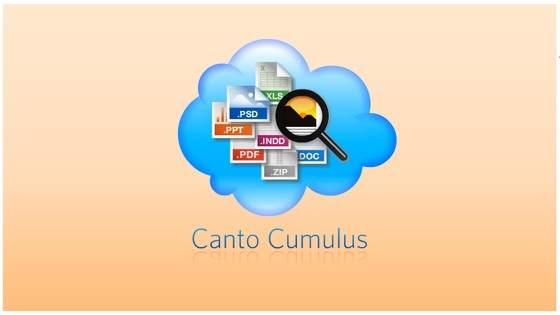 Five years ago, not everybody could have foreseen the huge role social media would play in marketing today. Today, almost any brand realizes the importance of social media and either has or is working on a social media strategy. Some brands were among the early adopters and have taken a head start in social marketing, while others are still trying to figure out the best way to incorporate social into the marketing mix.
Five years ago, not everybody could have foreseen the huge role social media would play in marketing today. Today, almost any brand realizes the importance of social media and either has or is working on a social media strategy. Some brands were among the early adopters and have taken a head start in social marketing, while others are still trying to figure out the best way to incorporate social into the marketing mix.
But social media are not like traditional media and require a different approach from a marketing point of view. Its inherently interactive, and ever-evolving. Social media is more than ever about the relationship between customer and brand. This does not only take a different kind of communication, but also a different kind of data analytics. Social media are a potential source of a wealth of consumer information, but the question on everybodys mind these days is how to get the best information from this vast pool of data.
The CMO Council report The Social consumer Brand Compatibility Model introduces a new way of analyzing social media data:
Social Consumer Brand Compatibility modeling is an emerging area of marketing science that seeks to navigate the mountain of social media data and take-away insights regarding customers and their interests. By analyzing posts, likes, and rich media content sources from Facebook, Twitter, YouTube, and other social networks, brands can glean richer information about media consumption, psycho-graphic, lifestyle, and personal interests. [...] Social data delivers heightened insight, allowing marketers to improve media selection and buying, as well as the relevance, resonance, and response of ad and promotional buying.
Read More
Cantos Digital Asset Management solution Cumulus seems a pretty straightforward, no-frills DAM system. It is an online library for all business related assets: images, files, documents, audio or video media. It manages access rights, making some information available to a limited number of people, if necessary. And Cumulus is a cloud-based system (as the name indicates), which allows quick and easy collaboration world-wide.
.


 On May 31st, 01:00 PM, join us for a 30-minute webinar by
On May 31st, 01:00 PM, join us for a 30-minute webinar by  Data in all shapes and sizes plays a huge role in todays business environment. Whether it are the results from the latest viral campaign, the activity on various social media accounts, or complicated financial stats and graphs, we are all forced to deal with data on an almost daily basis. So why not spice them up a little?
Data in all shapes and sizes plays a huge role in todays business environment. Whether it are the results from the latest viral campaign, the activity on various social media accounts, or complicated financial stats and graphs, we are all forced to deal with data on an almost daily basis. So why not spice them up a little? Five years ago, not everybody could have foreseen the huge role social media would play in marketing today. Today, almost any brand realizes the importance of social media and either has or is working on a social media strategy. Some brands were among the early adopters and have taken a head start in social marketing, while others are still trying to figure out the best way to incorporate social into the marketing mix.
Five years ago, not everybody could have foreseen the huge role social media would play in marketing today. Today, almost any brand realizes the importance of social media and either has or is working on a social media strategy. Some brands were among the early adopters and have taken a head start in social marketing, while others are still trying to figure out the best way to incorporate social into the marketing mix. Despite the rapid growth of online shopping and buying, print catalogs are still an important marketing tool for many companies. In the US alone, over 20 billion catalogs were mailed in 2010. Even companies that sell primarily online can benefit from using print catalogs. Research commissioned by the United States Postal Service has shown that catalog recipients are more likely to make a purchase than shoppers who don’t receive them, and catalog recipients typically buy more items and spend more money.
Despite the rapid growth of online shopping and buying, print catalogs are still an important marketing tool for many companies. In the US alone, over 20 billion catalogs were mailed in 2010. Even companies that sell primarily online can benefit from using print catalogs. Research commissioned by the United States Postal Service has shown that catalog recipients are more likely to make a purchase than shoppers who don’t receive them, and catalog recipients typically buy more items and spend more money.